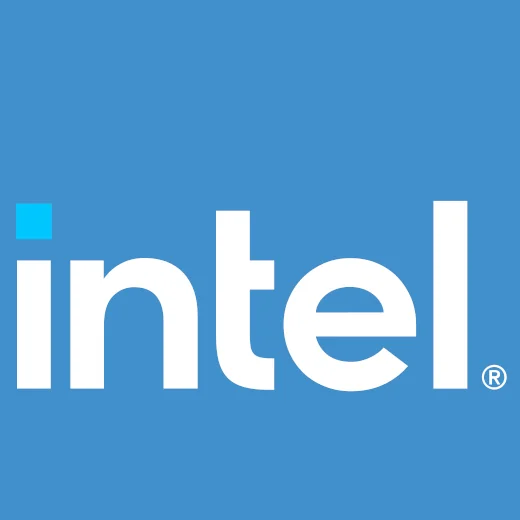Intel UMWAIT Support Queued For Linux 5.3 - New Feature For Tremont Cores

UMWAIT is a new feature for Intel Tremont CPUs cores. UMWAIT can help enhance power savings during idle periods with "user mode wait" functionality. UMWAIT allows for monitoring a range of addresses in a lightweight power/performance state or an enhanced mode that can still help with conserving power but less so in order to offer lower latencies. UMWAIT is intended to be used as an alternative to kernel spinloops when needing to wait/sleep for short periods of time when the system is idle.
After going through several rounds of review, the kernel enablement for UMWAIT is now queued ahead of next month's Linux 5.3 merge window. The code is within x86/cpu. As part of this work are new sysfs interfaces around umwait_control for controlling the UMWAIT C0.2 state and controlling the maximum UMWAIT time that the CPU can reside in C0.1/C0.2 states.
Tremont is Intel's 10nm successor to Goldmont Plus intended for low-power devices.
Add A Comment

